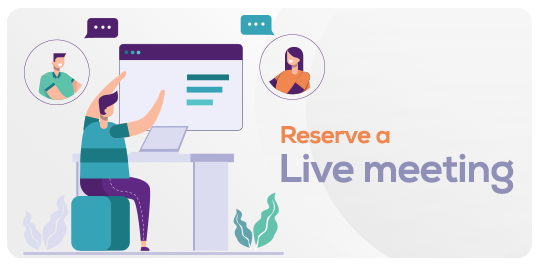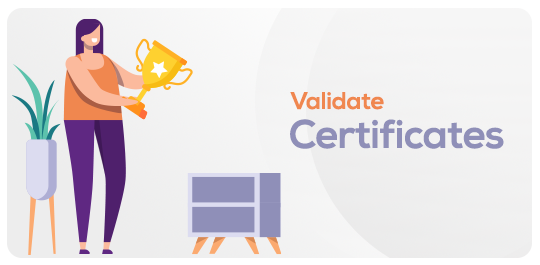Introduction to English Phonetics and the Science of Reading and Writing
in LanguageAbout this course
Free Course: Introduction to English Phonetics and the Science of Reading and Writing
Would you like to understand how the brain actually learns to read?
Tired of traditional methods based on memorization and guessing?
This free course is your scientific gateway to discovering the secrets behind successful reading and writing skills.
Through the latest research in The Science of Reading, you’ll gain the tools and knowledge to develop proficient readers and writers — whether you’re a teacher, parent, or English learner (EFL/ESL).
No prior experience needed! This foundational course is designed to give you the strong scientific base every language educator should have.
📘 What You’ll Learn
By the end of this course, you will have a scientific understanding of how reading and writing work:
Decoding Language: Understanding the precise relationship between English sounds and letters.
Clear Roadmap: Step-by-step plan for teaching reading and writing systematically.
Scientific Foundations: Explore research proving the effectiveness of this approach and exposing the flaws of old methods.
🧩 Course Units
Unit 1: What is English Phonetics (The Phonetics Instruction)
Main Topics:
Concept of phonetics: phoneme vs. grapheme.
Decoding and encoding: understanding how reading and writing function.
Phonological and phonemic awareness: four awareness levels and their importance.
Types of sound blending: model-based, continuous, and sequential blending, with practical examples.
Unit 2: The Science of Reading and Writing
Topics:
What is the “Science of Reading” and its main cognitive domains.
Scarborough’s Reading Rope model: detailed explanation of decoding and language comprehension strands.
Core skills: identifying the essential components for successful reading.
Unit 3: A Structured Teaching Roadmap
Content:
Research-based practical steps for teaching English to non-native speakers (EFL/ESL).
Logical sequencing for introducing sounds and phonetic rules.
Key principle: avoid direct translation — focus on visual and contextual connections.
Unit 4: What Does Research Say? (Scientific Evidence)
Content:
Review of the latest studies supporting the Science of Reading approach.
Drawbacks of traditional memorization-based methods.
Proven results: comparisons between students taught with explicit phonics vs. old guessing methods.
🧾 Conclusion and Assessment
Quick summary of key ideas.
25-question comprehensive quiz to test understanding.
Practical guidance for immediate application.
🚀 Your Next Step
This course gives you the theory and evidence — but knowledge alone isn’t enough!
To transform theory into real teaching or fluent reading skills, you’ll need hands-on training on each sound group (Blends, Digraphs, Vowel Teams).
If you’re ready to move from knowing to mastering the Science of Reading — join our advanced phonics and reading workshops today!
Duration: One week from registration (access closes afterward).
Number of students: Unlimited.
Price: Free of charge.
Comments (0)

.jpg)






